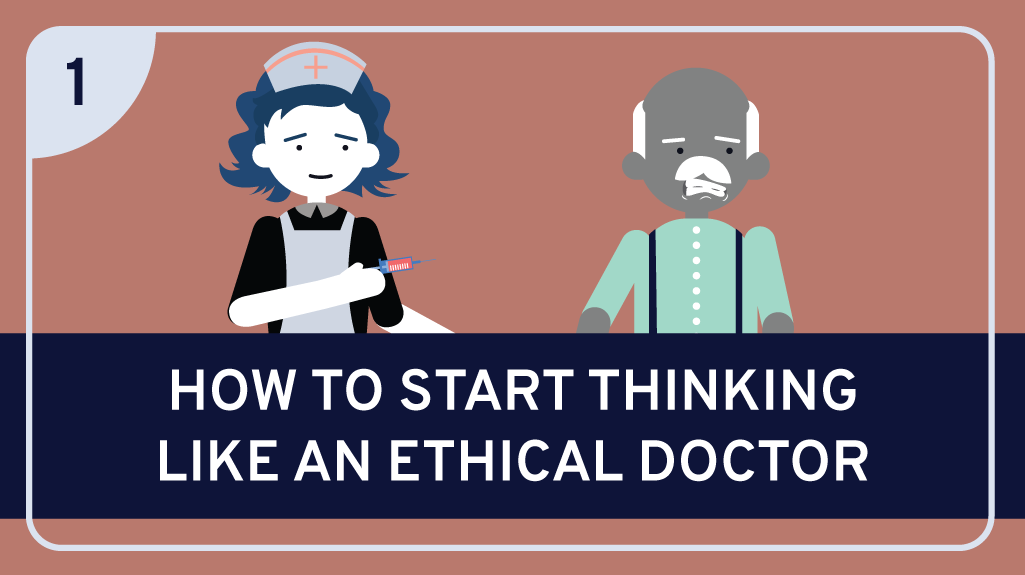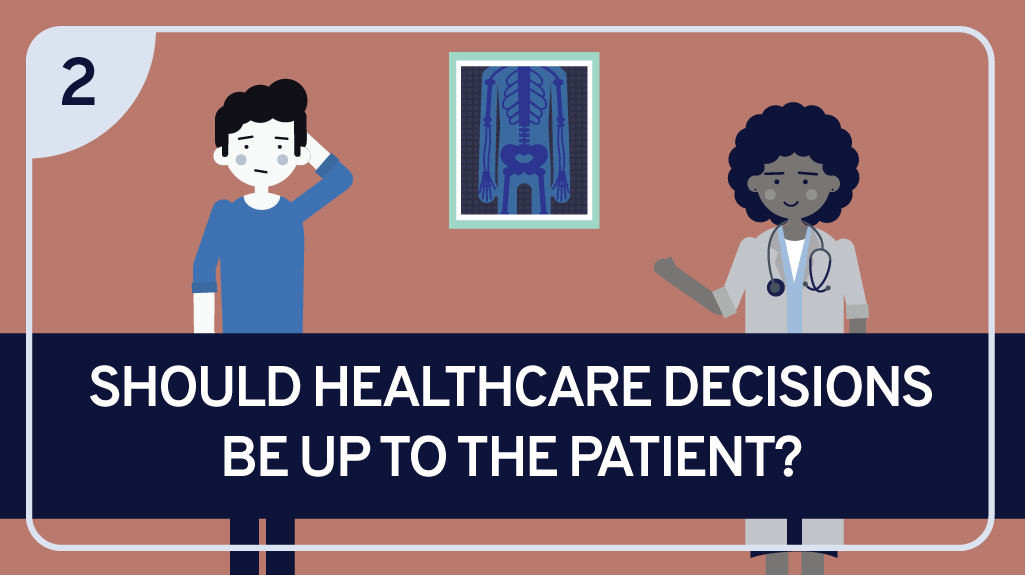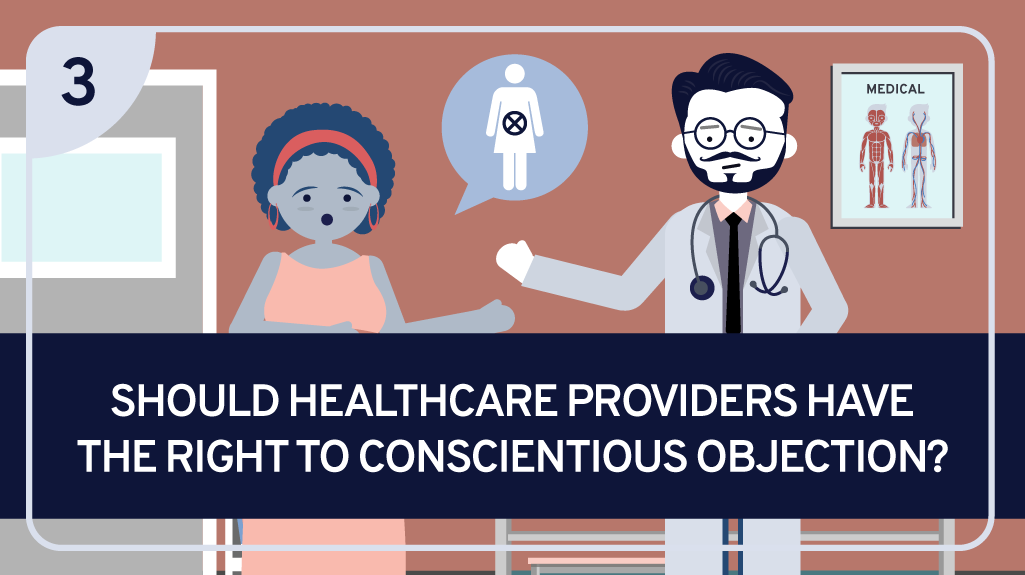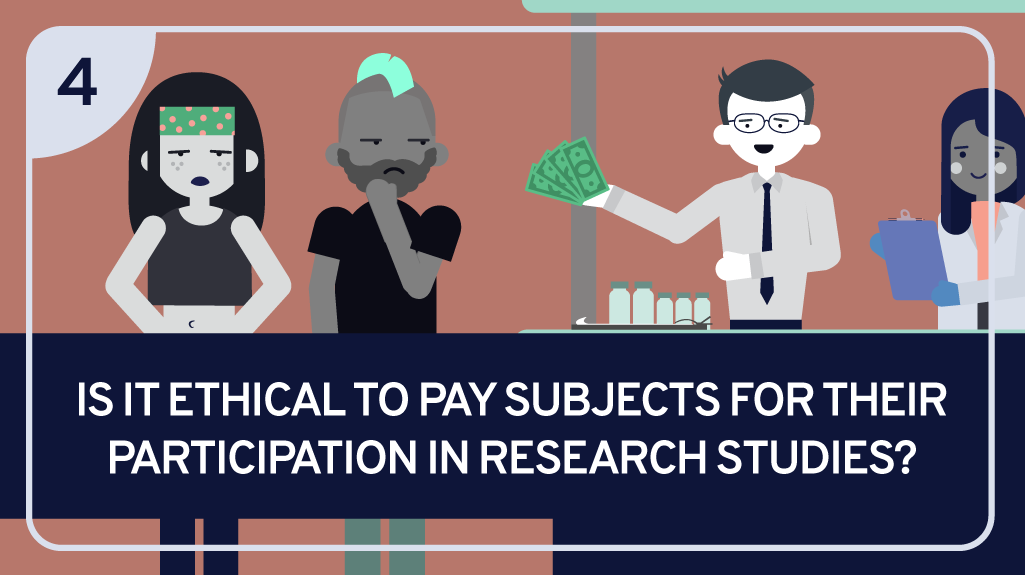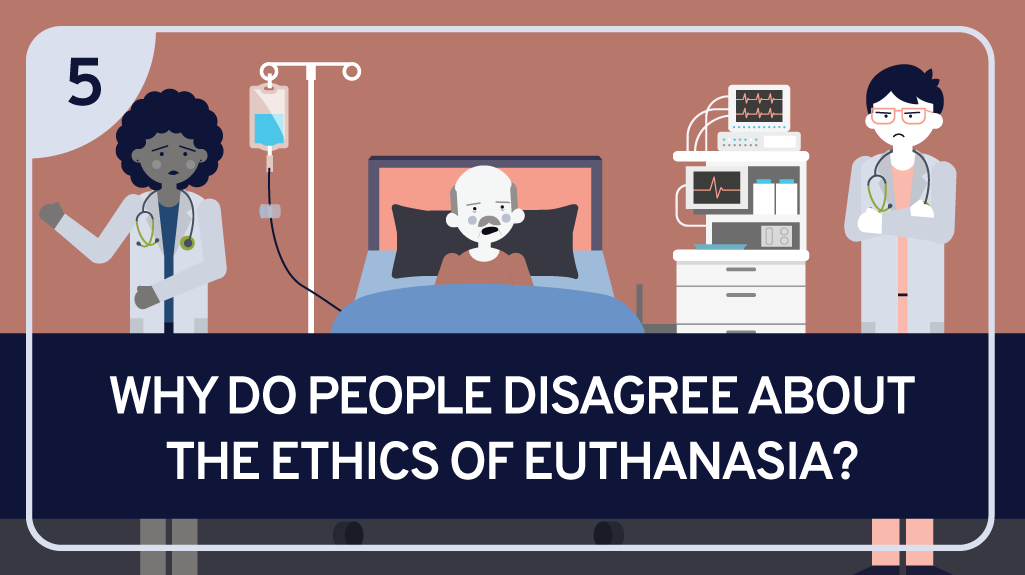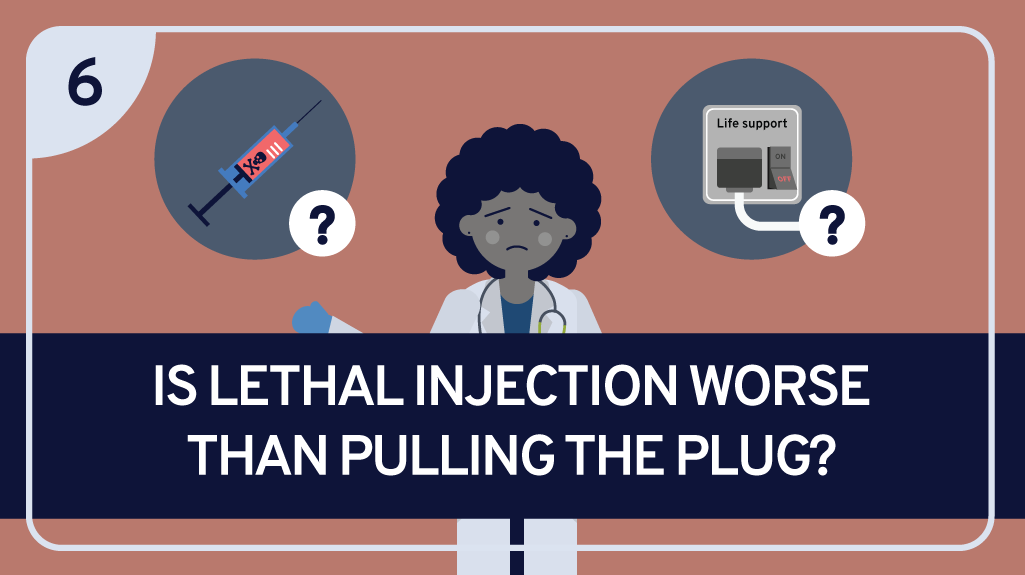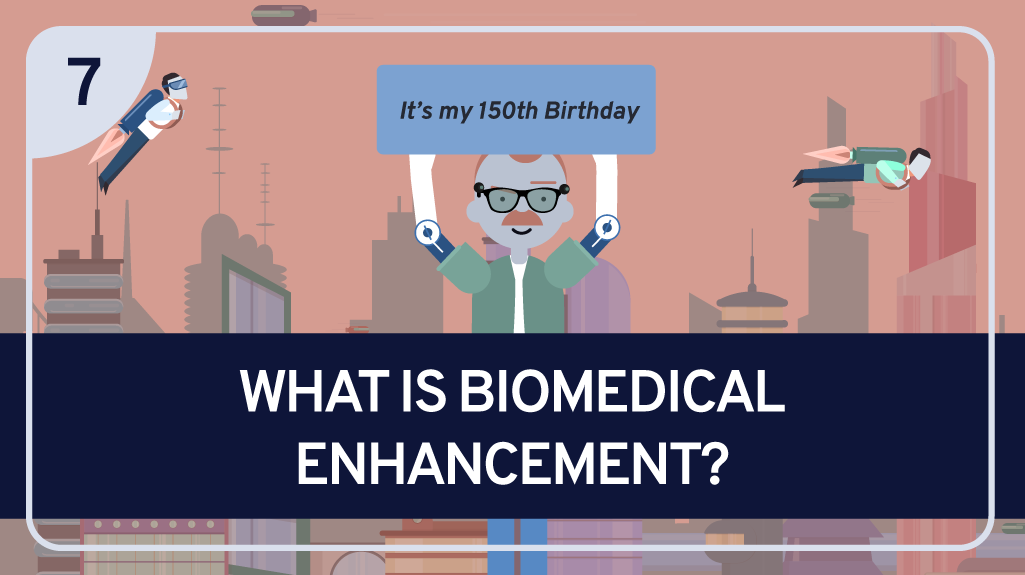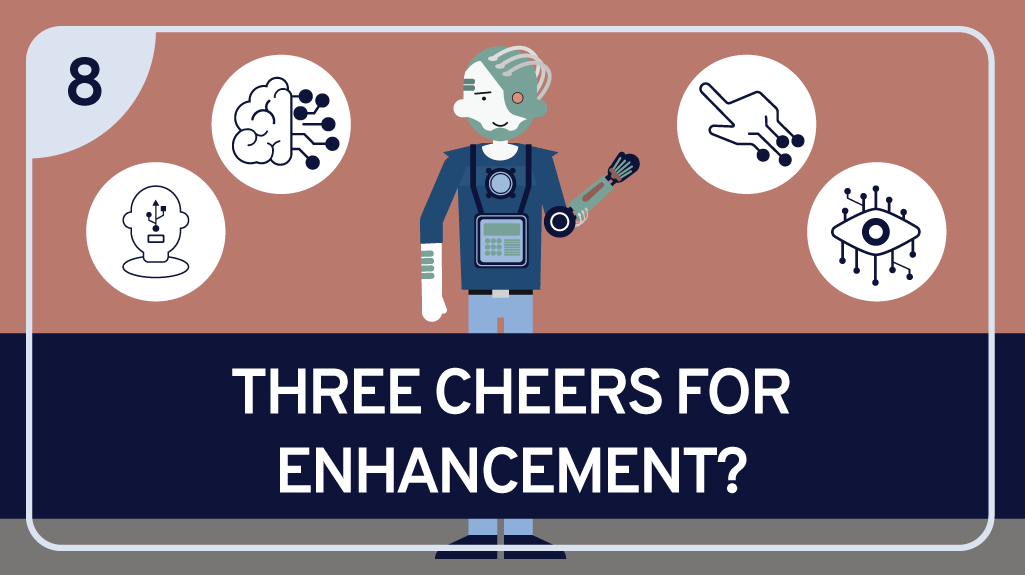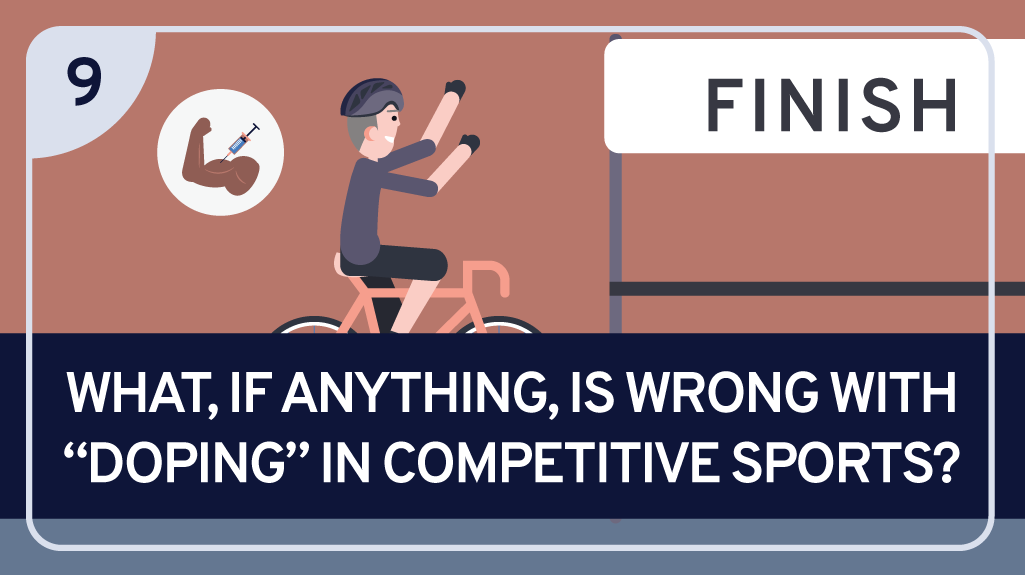- What distinguishes a normal health variation from a disease?
- Which patients and ailments should we prioritize when distributing healthcare resources?
- Should parents be allowed to use genetic engineering technology to give their kids highly desirable traits?
Questions like these—that is, ethical and conceptual questions arising from matters of healthcare, or of the life sciences more broadly—lie at the heart of the field known as bioethics. In particular, bioethical questions address challenges encountered in the context of clinical relationships, biomedical research studies, public health decisions, biotechnology development, and even our relationships with animals and the environment.
While some bioethical questions were probably among the earliest ethical questions humans ever asked themselves, rapid advancements in biomedical science and technology in recent decades—as well as greater inclusion of diverse perspectives—have led to the emergence of bioethics as a distinct and robust field, in which both new and long-standing questions are investigated and debated by a burgeoning mix of thinkers, practitioners, and policymakers.
This module aims to present a brief, but provocative, introduction to bioethical concerns and controversies. Rather than attempting a comprehensive, systematic survey of such a complex and wide-ranging field, the lessons in this module are designed simply to provide a glimpse into a few of the central topics discussed in bioethics and a sense of how these issues are explored and debated by philosophically minded thinkers.
One of the earliest and most important areas of bioethical discussion centers on the relationships between healthcare professionals and the clinical patients or medical research participants in their care. These inherently asymmetrical relationships leave patients and participants in a uniquely vulnerable position, as they entrust their lives and wellbeing to professionals who (history has shown) aren’t always worthy of this trust—and who, even when trustworthy, are often pressed to make consequential medical judgments in the face of significant uncertainties, limited options, and painful trade-offs. How, then, should an ethically responsible doctor navigate so many complicated decisions about care without overstepping their role?
After surveying several core principles of healthcare ethics, we zoom in to more closely analyze one of these principles in particular: the requirement that doctors respect and protect the autonomy of patients by giving them the final say in decisions about their own care. Having grasped the importance of this principle, we then shift to probing its limits. First, we ask whether any exceptions should be made to accommodate the autonomy of doctors in determining which care options to pursue with their patients—particularly when they strongly disagree with a patient’s decision. Then we highlight some concerns regarding the recruitment of medical research participants and ask whether there are times when curtailing the autonomy of patients and participants is ethically warranted as a means of protecting them from their own propensity to make misguided or compromised choices under certain conditions.
Another central area of bioethical discussion investigates the nature, value, and dignity of life itself. Many of the issues raised in this area concern the beginning of life, with substantial attention paid to questions about abortion and about the use of various reproductive technologies. We instead focus on end of life issues, specifically the ethics of voluntary euthanasia. Can it sometimes be in a suffering patient’s best interest to have their life brought to a quick and immediate end, rather than living out their remaining time? Is it contrary to the purpose of caring for a patient’s health and wellbeing for a doctor to help hasten the patient’s death? We explore the controversial topic of euthanasia, first by considering several questions that define the primary fault lines within the euthanasia debate, and then by further interrogating one specific point of entrenched disagreement: namely, whether there is a crucial ethical difference between euthanizing a patient by active killing versus euthanizing the patient by withholding treatment.
Lastly, we turn to an area of bioethics that has been growing in urgent and exciting ways, fed by the continuous flood of advances in biomedical science and technology. Many advances—from vaccines, antibiotics, and anesthesia to MRI machines, bypass surgery, and Prozac—have been critical in enabling us to live longer, healthier, and generally better lives. But as scientists make tremendous strides in technologies like genomic engineering and brain-controlled prosthetics, widely shared visions of being able to cure particular illnesses are increasingly overshadowed by more controversial visions of being able to enhance our capacities, or perhaps even transform ourselves into something “beyond human.” Among the most publicly debated biomedical enhancement technologies are performance-enhancing drugs (PEDs), and we get a view into this debate by presenting and evaluating some common ethical objections raised against the use of PEDs in competitive sports. Before investigating this “doping” issue, though, we consider the advancement and proliferation of biomedical enhancement technology more generally. And where better to begin this discussion than by trying to clarify what is meant by biomedical enhancement and how exactly enhancement is distinguished from other categories of biomedical improvement, such as treatment?
In presenting this small sampling of bioethical issues and debates, we hope to spark your interest and curiosity, inspiring you to further explore these and the many other fascinating topics within the growing field of bioethics.


